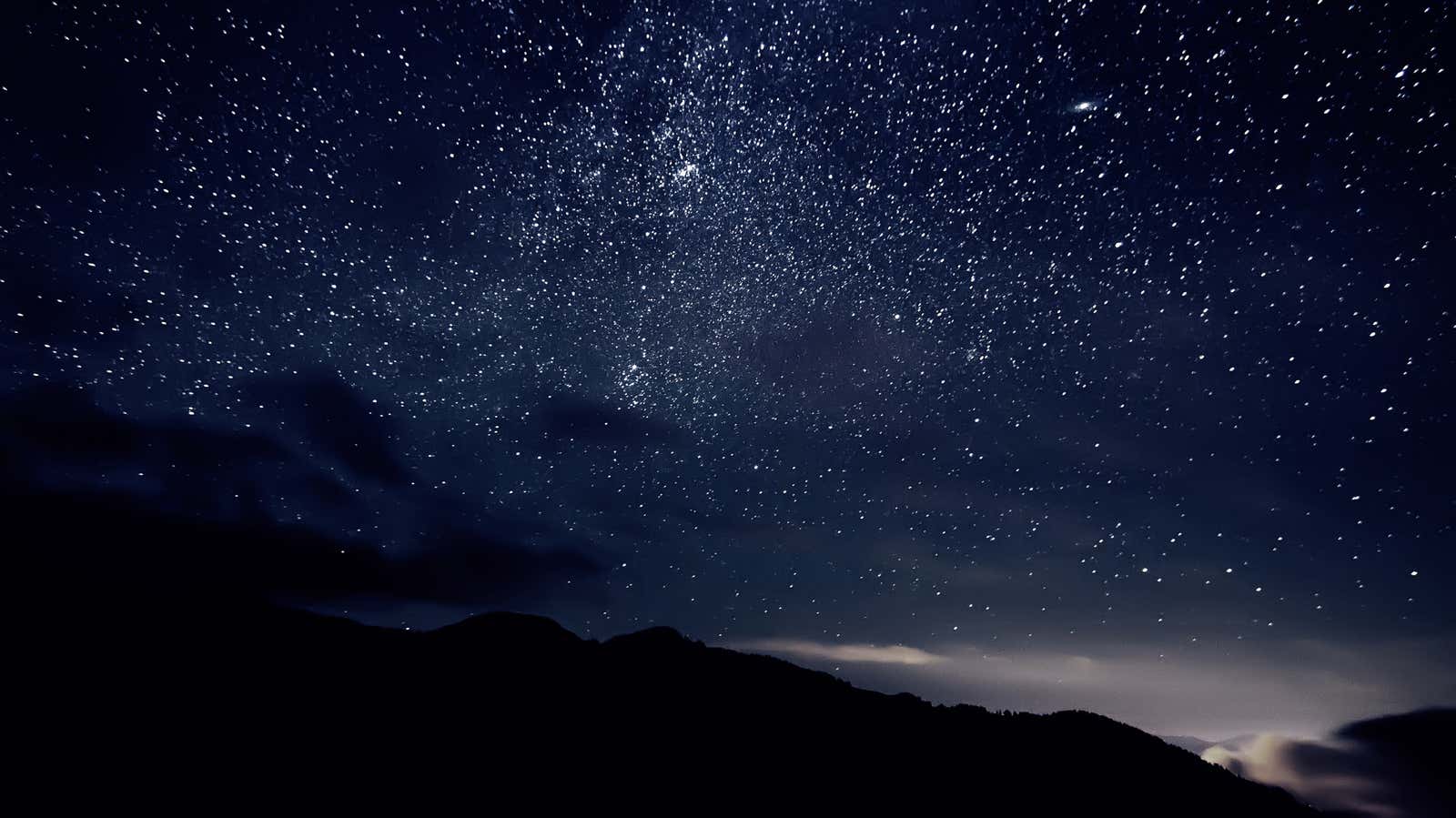Mark These 2020 Meteor Showers on Your Calendar

If you liked the Quadrantid meteor shower earlier this month, or missed it and want to make sure you don’t miss another one, here is a list of all the upcoming meteor showers in 2020. Set your calendar reminders now.
The most famous of them are the Perseids in the summer and the Geminids in the winter, but there is something to keep us busy all year round:
- Quadrantids : Peak around January 4th.
- Lyrid : April 16-30 , peak April 21-22 .
- Eta-Aquarids : from April 19 to May 28, maximum from May 4 to 5 . It is mostly rain in the southern hemisphere, but sometimes we can see a little of this sight.
- Alpha Capricornids : July 3 to August 15, peak July 29-30 . There won’t be many meteors per hour, but this shower sometimes throws out spectacular fireballs.
- Perseids : July 17 to August 26, maximum August 11-12 . This is one of the most popular meteor showers worth seeing as it gives a good idea of what could be better than lying under the stars on a warm summer night? Plan your hike now.
- Orionids : October 2 – November 7, peak October 21-22 .
- Northern Taurids : October 20 to December 10, peak November 11-12 .
- Leonids : November 6-30, November 16-17 maximum.
- Geminids : December 4-17, peak December 13-14 . It is one of the strongest meteor showers of the year and usually has a good show before midnight. Plan to be there.
- Ursids : December 17-26, peak December 22-23 .
A meteor shower occurs when the Earth passes through a cloud of space rocks, usually left by a comet. The Earth’s orbit crosses the orbits of several comets every year, so meteor showers are fairly predictable. Each shower is named after the constellation from which the meteors emanate.
You don’t need a telescope or any special equipment to enjoy the meteor shower – just your eyes and a place with clear dark skies. The American Meteor Society has more information, including weekly meteor forecasts.